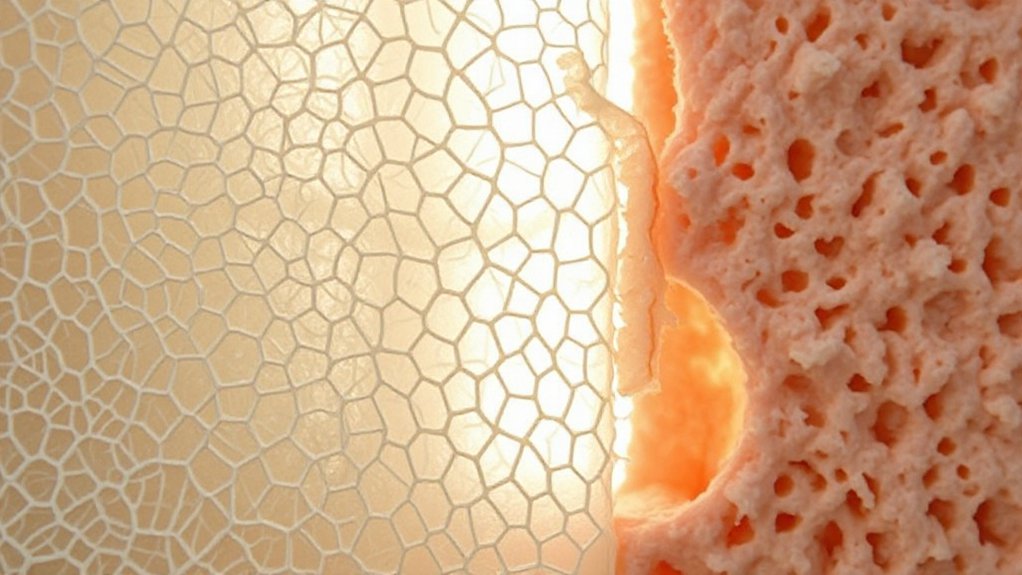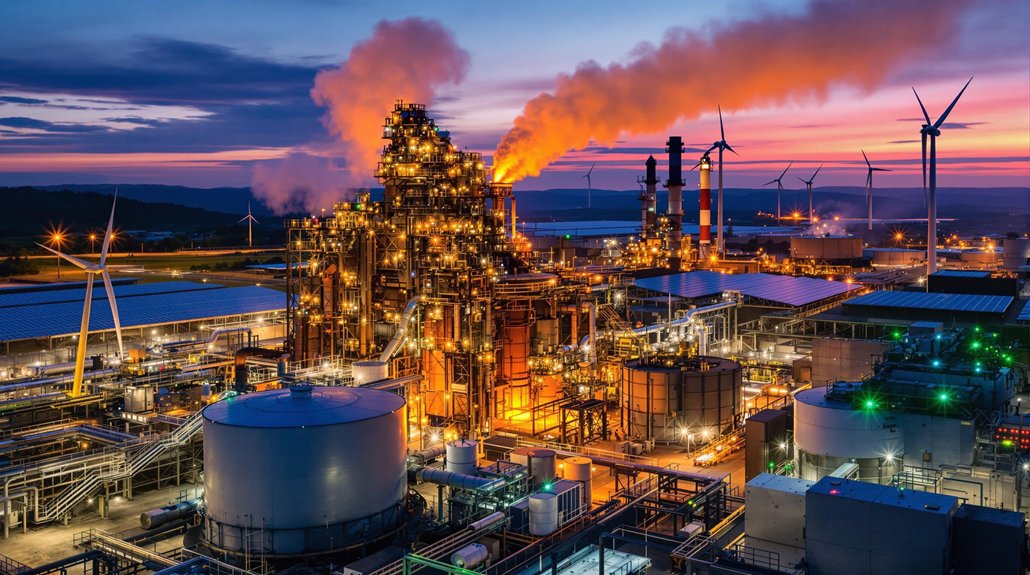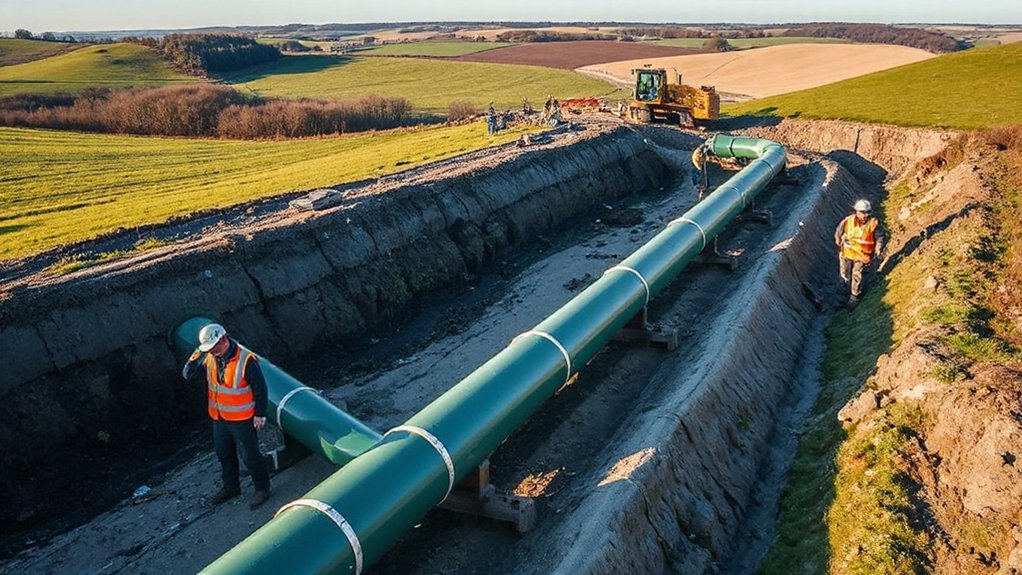Scientists have cracked the code on building materials that actually work for us, not against us. The breakthrough? CuO-PDA composites – a fancy name for something that’s about to change how our buildings deal with heat. No more energy-guzzling monsters that cost a fortune to keep comfortable.
These composites combine copper oxide (CuO) and polydopamine (PDA) particles into a structure that’s basically a heat conversion machine. Add in some polymers like SEBS and phase change materials such as PW, and you’ve got yourself a material that’s ready to work. The fabrication isn’t simple – sequential immersion, deposition, annealing – but the results are worth it.
The real magic happens when sunlight hits these composites. Their photothermal conversion efficiency is off the charts. We’re talking temperature elevations around 41°C under specific light conditions. That’s not just warm – that’s useful heat.
PDA is the unsung hero here. It acts like super glue between different materials, especially graphene and copper. This adhesion is vital for the whole system to function properly. Without it? The whole thing falls apart. Literally.
The thermal conductivity of these composites can exceed pure copper by up to 30%. That’s insane. Normal materials just sit there absorbing heat. These materials actively move it where it needs to go. This remarkable improvement is attributed to the in situ reduction of GO by PDA, creating a highly conductive graphene film.
For buildings, this means external surfaces become solar collectors – harvesting energy instead of just baking in the sun. The heat gets distributed efficiently throughout the structure, reducing the need for traditional heating systems. It’s passive solar heating on steroids. Unlike geothermal systems that achieve a 96% capacity factor, these composites don’t require extensive infrastructure to provide consistent heating.
CuO-PDA composites also help manage thermal loads by rapidly transferring collected solar heat. Think about it: buildings that work with nature instead of fighting it. Buildings that generate their own heat from sunlight. Buildings that don’t waste energy.
Who knew copper oxide and some polymer could be so revolutionary? The PDA coating exhibits strong NIR absorption that makes it perfect for capturing and converting solar energy, similar to its application in cancer treatments. The future of construction isn’t just about looking good – it’s about working smart.
References
- https://papers.ssrn.com/sol3/Delivery.cfm/82ac753d-26c0-43ef-ac64-3a2e289c445f-MECA.pdf?abstractid=5459137&mirid=1
- https://pubs.rsc.org/en/content/articlehtml/2021/ra/d1ra05252g
- https://pubs.acs.org/doi/abs/10.1021/acsami.8b10197
- https://pmc.ncbi.nlm.nih.gov/articles/PMC7971204/
- https://www.sciepublish.com/article/pii/274








